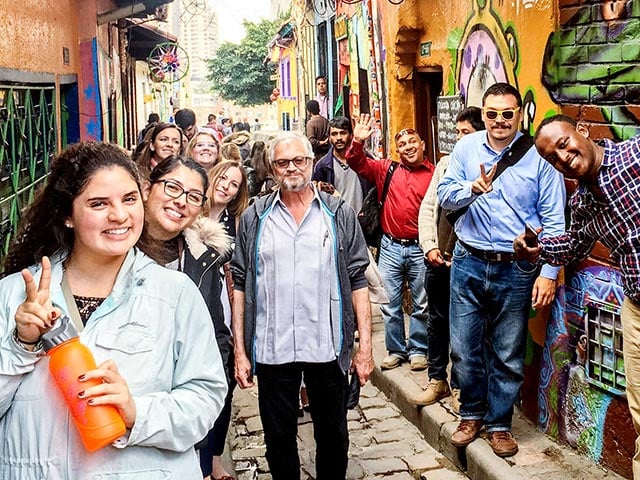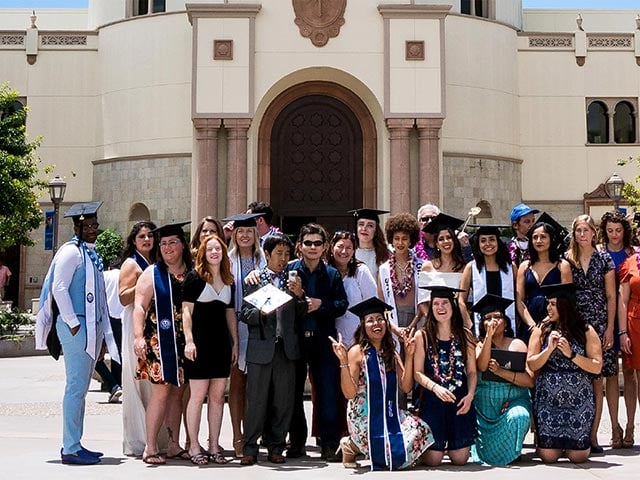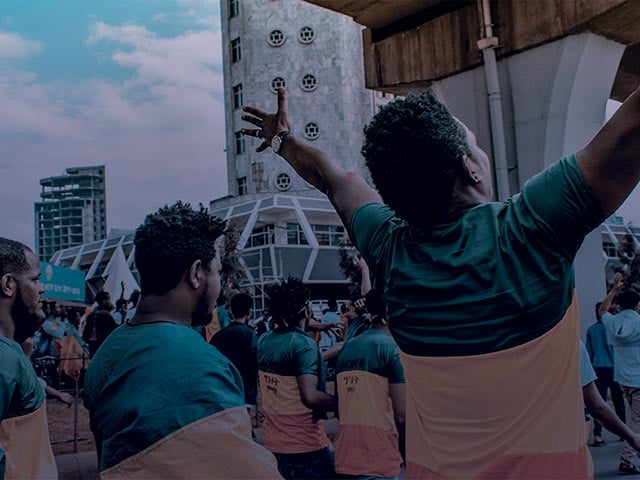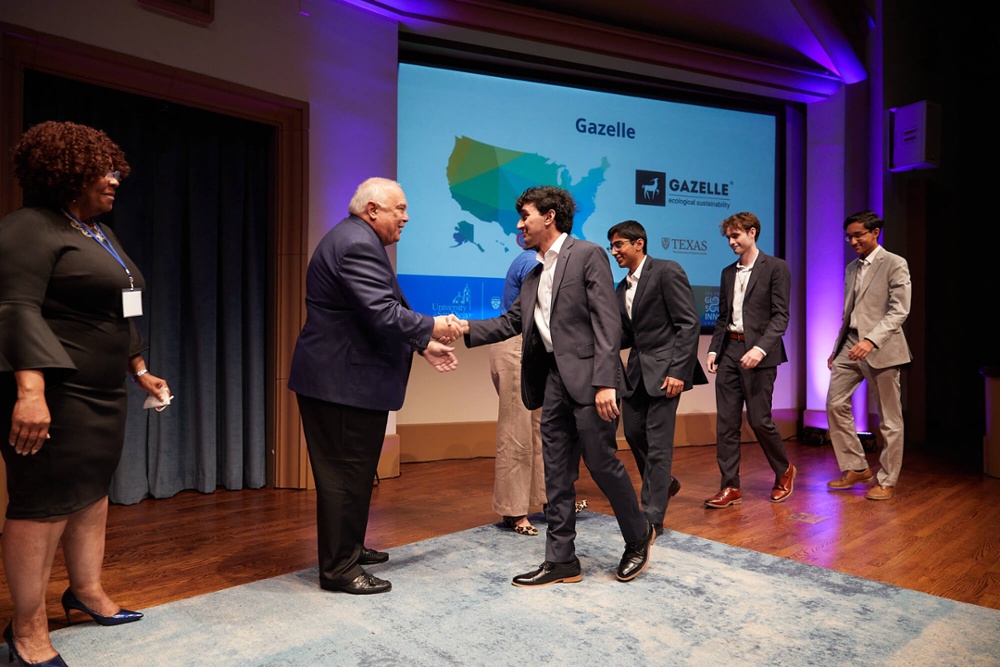Crossing the Divide: Slavery Through Mass Incarceration; A tour of the Legacy Museum in Montgomery, Alabama
As our group of weary travelers continued on our journey from San Diego toward Washington DC, we arrived at the Legacy Museum in Montgomery, Alabama. Our group had already seen so many historical and environmentally important places on our train ride; however, that still did not prepare us for what we were about to experience. The Legacy Museum chronicles the history of Black enslavement up until present-day mass incarceration. However, before I begin to describe what I learned there, let me preface it by saying that I do not believe I can truly capture the Museum’s impact and importance, nor truly give it the justice it deserves. I can only try to highlight a few things that moved me on my tour, among the many things on display. Also, I do not intend to explain the entire history of enslavement and mass incarceration, it is simply too vast an amount of history and subject matter to condense. In this blog, I can only hope to explain a few of the heart-wrenching exhibits as well as some of the incredible stories of courage that I saw while touring the museum.
Picture taken at the National Memorial for Peace and Justice.
Try to prepare yourself emotionally before you walk through the entrance of the museum because immediately you will be swept away by the waves of the ocean in an immense exhibit where you not only see the waves and the roar of the sea, but you can feel it. This is representative of the long transatlantic journey that the enslaved were forced to make after being stolen from their families and homeland. As you try to catch your breath and continue through the exhibit you come face to face with expertly crafted statues of the enslaved, where artists have captured the suffering and pain that the enslaved would have been subjected to while being trapped in the belly of the ships heading for the Americas. Be advised that many of these statues, images, and stories throughout the museum will leave you quite shaken. This is not in any way a sanitized version of the history of slavery, this is an accurate account with no censorship, this is a true depiction of what happened whether you choose to accept it or not.
Over twelve million Africans were taken from their homes and forced into slavery from 1514 to 1866 and there were 36,000 transatlantic slave trade voyages where two million Africans perished aboard ships heading to the Americas. I could go on and on with statistics that would shock and disgust you, but I feel like discussing sheer numbers dilutes the importance of every single life.
As you continue through the museum you can see a map of Montgomery, Alabama where the Legacy Museum sits; however, the map is drawn and labeled as it would have been during the slave trade. If you have ever been to a mall and see a huge map with a directory with an arrow that indicates, "you are here" on it, then you can understand the Montgomery map exhibit. Similar to those maps you see in the mall, it does have the same verbiage with an arrow distinguishing where you are; however, the rest of the map is extremely different. Instead of stores, restaurants, and other places of interest a mall map displays, this map indicates the numerous cotton brokers, slave trade investors, and auctioneers, as well as the slave depots and pens scattered throughout the city. One can see that the slave trade in Montgomery was big business, values were focused on all mighty dollars and not the value of human life or decency. I wish I could say that the city of Montgomery was alone in these crimes against humanity, but the unfortunate truth is that there were places just like this throughout the East Coast including the North and the South, and no one was innocent in these atrocities. Exhibits throughout the museum showed how enslaved blacks were treated like property and in many cases worse than the common pet or animal.
It was amazing how the enslaved continued to exist under these conditions, but they did, and they did not simply exist; they managed to contribute so much to the country as we know it today. The enslaved can be attributed to building so many parts of the United States including places like Wall Street in New York and the train tracks that helped the United States expand into the West and these are just a few of the many things that they were responsible for. The enslaved were also forced to work under inhumane conditions in fields of cotton, rice, and sugarcane, all the while their masters continued to amass more and more wealth. However, as a testament to their resolve, the enslaved continued to fight for their freedom even though it cost many their lives.
As the tour continues you finally get to a point where the Emancipation Proclamation is signed and the enslaved are supposedly freed. I say supposedly because how can you be free if you have no job, money, land, or education? It is not a surprise that once freed, many of the enslaved stayed and worked for the plantation owners that had enslaved them. Where could they go? What could they do? How could they live? They were now in a place where most people didn’t accept them, the government, city officials, courts, and police officers were made up of white men, many previously benefiting from the slave trade themselves. Imagine how frustrating it would be for a formerly enslaved person to be freed but not be able to exercise any of their freedoms and at the whim of any white person be put in jail or worse. Formerly enslaved people also had to worry about terror killings like the Memphis Massacre where many formerly enslaved people were raped and lynched. Throughout the museum, there are stories of lynchings that occurred for as little as walking behind a white woman. Also, there is the story of Emmett Till, a young black boy who was said to have whistled at a white woman and was taken by an angry mob and beaten to death. These stories will bring you to tears and disbelief, but there are also stories of courage like Dr. Martin Luther King Jr. and Rosa Parks who stood up for Black people despite the repercussions which cost Dr. Martin Luther King Jr. his life.
At some point in the museum, you expect to see the conclusion of slavery, abuse, mistreatment, and marginalization of black people; however, you will be sadly disappointed. You are taken through how the enslaved were freed but then incarcerated often for little or no reason. Once imprisoned, the men in prison were forced to do hard labor, usually the exact labor that they had done as enslaved men, like picking cotton or other manual labor jobs. The museum has many exhibits that show the systematic processes that still affect Black people today, and you have no choice but to acknowledge them. What is especially impactful is at the end when you can sit down with holograms of incarcerated men and women that you look at through glass and listen to on the phones just like you would if you were visiting a prison. The stories told by these men and women behind the glass are impactful and quite upsetting, but they bring everything together.
At the National Memorial for Peace and Justice monuments hang in the air with the names of those who were lynched (terror killings). No trial, no judge, no jury, and no justice for these victims, their stories can be heard on the walls nearby.
In my opinion, The Legacy Museum is not only an experience that is good to see in a historical sense, but also something that needs to be seen and discussed candidly by all Americans. People need to know and understand the story of slavery in America regardless of the pain and distress it may cause them. Only by knowing and understanding the story can we work on changing to stop it and start the healing process. I want to say there should be a similar theme that many associate with the Holocaust. “Never again.” However, how can a similar theme be adopted when reminiscences of what happened in the past are still happening today?
The Legacy Museum is also the access point to the National Memorial for Peace and Justice as well as the Freedom Monument Sculpture Park. These additions to the Museum are stand-alone experiences that you can choose to do along with the Legacy Museum. Please be advised, like I said at the beginning, to prepare yourself emotionally for these experiences. They are without question the most impactful museums that I have ever been to on many levels. Everyone needs to understand the struggle of Black Americans and it is not what you will find in most history classes.
Picture of the wall at The Freedom Monument Sculpture Park. The 100,000 names on this wall represent the 4.7 million people set free after Emancipation. It is also important to note that at the entrance of the Park you can search the history of formerly enslaved people using just a last name.

About the Author
David Griffin is a student in the Joan B. Kroc School for Peace Studies MS in Conflict Management and Resolution program.





